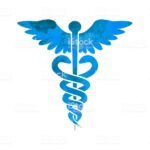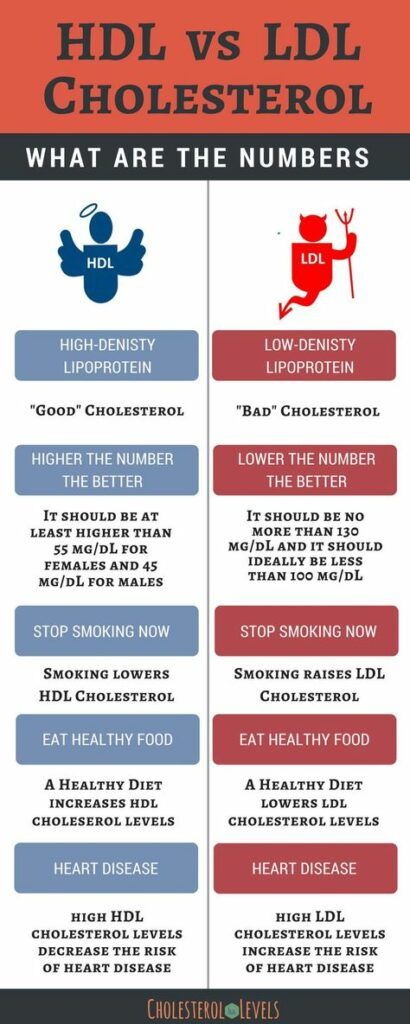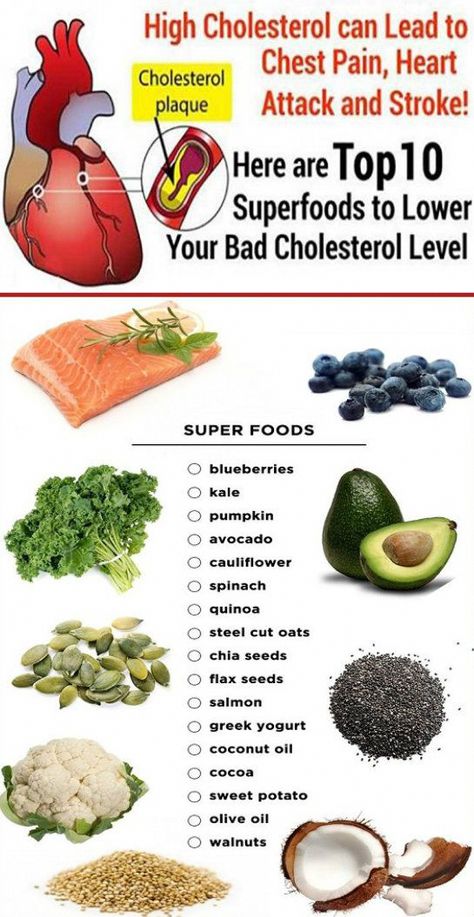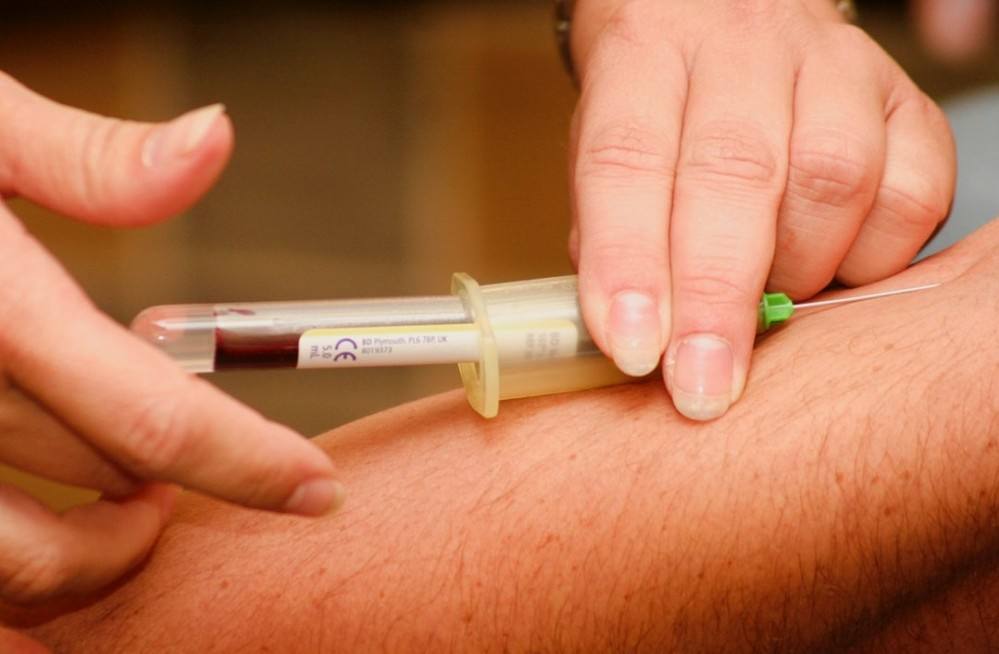Cholesterol is something we hear about all the time. Mostly, that it causes heart disease and other ailments. But what else do we know? Do we know how and why it causes these diseases? Does it have any purpose? Do we know where it comes from? In this article you will discover, what is cholesterol and what does it do…all about cholesterol.
What is Cholesterol

Cholesterol is a substance; a type of fat found in the body as well as in animal products like meat, eggs and dairy products. It is a waxy-fat like substance that plays important roles in the production of hormones, vitamin D and the bile necessary for digesting fats.
What does Cholesterol do
Cholesterol is a vital component of every cell in the body, giving cell membranes the necessary strength and flexibility. The liver produces all the cholesterol that the body needs to function, but cholesterol can also be introduced by consuming animal products.
Since cholesterol doesn’t mix well with liquids (i.e.blood), it’s transported by particles called lipoproteins, which includes low-density and high-density lipoprotein — or LDL and HDL.
LDL is often referred to as bad cholesterol, as it is associated with the
plaque buildup in arteries, while HDL or good cholesterol helps excrete excess cholesterol from the body.
When extra cholesterol is consumed, the body compensates by reducing the amount of cholesterol that it naturally makes. On the other hand, when dietary cholesterol intake is low, the body increases’ cholesterol production to ensure there is always enough of this vital substance.
Only about 25% of cholesterol in the body comes from dietary sources. The rest is produced by the liver.
How is Cholesterol bad for you
Cholesterol is a vital substance for the body. However, too much of a good thing is a bad thing.
To break this down further there are two types of cholesterol as mentioned

earlier: LDL and HDL. LDL is bad cholesterol that can cause plaque to build up in the arteries leading to heart disease and stroke. This level needs to be low.
HDL is good cholesterol that acts as a scavenger, carrying LDL (bad) cholesterol away from the arteries and back to the liver, where the LDL is broken down and eliminated from the body. This level needs to be high. Healthy HDL cholesterol levels may protect against heart attack and stroke. Studies show that low levels of this cholesterol increase the danger of cardiovascular heart disease. However, HDL cholesterol does not completely eliminate LDL cholesterol. Only 1/3 to 1/4 of blood cholesterol is carried out by HDL.
There is a third component of the cholesterol equation known as triglycerides. They are the most common type of fat in the body and they store excess fat from your diet.
Therefore, a high triglyceride level combined with high LDL (bad) cholesterol or low HDL (good) cholesterol is linked with fatty buildups within the artery walls, which increases’ the risk of heart attack and stroke.
So there you have the components of the cholesterol equation. [The good, the bad, and the ugly] For a video presentation illustrating the cholesterol equation, click the link that follows: https://youtu.be/inaqswqMDds
What causes high Cholesterol
High cholesterol levels are due to a range of dynamics including heredity, diet, and lifestyle. Less frequently, underlying illnesses affecting the liver, thyroid, or kidney may affect blood cholesterol levels.
- Heredity: Genes can influence how the body metabolizes LDL (bad) cholesterol. For example, there are inherited forms of high cholesterol that can lead to early heart disease.
- Weight:
Excess weight can modestly increase LDL (bad) cholesterol levels. Losing weight can lower LDL and raise HDL (good) cholesterol levels. - Lack of physical activity: Regular physical activity such as exercise may lower triglycerides and raise HDL cholesterol levels.
- Age and sex: Before menopause, females usually have lower total cholesterol levels than men of the same age. As females and males age, their blood cholesterol levels rise until about 60 to 65 years of age. After approximately age fifty, women often have higher total cholesterol levels than men of the same age.
- Alcohol:
Moderate (1-2 drinks daily) alcohol intake increases’ HDL (good) cholesterol but does not lower LDL (bad) cholesterol. Physicians don’t know for certain whether alcohol also reduces the risk of heart disease. Drinking an excessive amount of alcohol will harm the liver and heart muscle tissue, lead to high blood pressure, and raise triglyceride levels. Even though moderate alcohol intake increases’ good cholesterol, because of the other risks, alcoholic beverages should not be used as a way to prevent heart disease. - Stress:
Several studies have shown results indicating that stress raises blood cholesterol levels over the long term. One way that stress may do this is by affecting one’s habits. For example, when some are under stress, they may console themselves by eating fatty foods. The saturated fat and LDL cholesterol in these foods contribute to higher levels of blood cholesterol.
Symptoms of high Cholesterol levels
Fact is, high cholesterol is a risk factor for other illnesses and by itself does not bring about symptoms. Routine screening blood tests can reveal elevated cholesterol levels in the blood.
The National Cholesterol Education Program guidelines recommend a strategy that everybody aged twenty years and older ought to have their blood cholesterol level measured a minimum of once every five years. It is best to have a blood test called a lipoprotein profile to determine cholesterol numbers.
Since the only symptom of high cholesterol is a blood test, below is the range of numbers for determining the condition of an individual’s blood cholestero.
| Total cholesterol |
| Less than 200 mg/DL: desirable |
| 200-239 mg/DL: borderline high risk |
| 240 and over: high risk |
| HDL (high density lipoprotein) |
| Less than 40 mg/DL (men), less than 50 mg/DL (women): higher risk of heart disease |
| Greater than 60mg/DL: some protection against heart disease |
| LDL (low density lipoprotein) |
| Less than 100 mg/DL: optimal |
| 100-129 mg/DL: near optimal/above optimal |
| 130-159 mg/DL: borderline high |
| 160- 189 mg/DL: high |
| 190 mg/DL and above: very high |
| Triglycerides |
| Less than n150 mg/DL: normal |
| 150-199 mg/DL: borderline to high |
| 200-499mg/DL: high |
| Above 500 mg/DL: very high |
How to control Cholesterol naturally
Consume monounsaturated fats – a diet high in monounsaturated fats reduces harmful LDL, but also protects higher levels of healthy HDL. Monounsaturated fats may also reduce the oxidation of lipoproteins, which adds to clogged arteries. A study of 26 individuals found that replacing polyunsaturated fats with monounsaturated fats in the diet reduced the oxidation of fats and cholesterol.
A few excellent sources of monounsaturated fats are below. Some are also good sources of polyunsaturated fat:
- Olives and olive oil

High Cholesterol Prevention - Canola oil
- Avocados
- Tree nuts, such as almonds, walnuts, pecans, hazelnuts and cashews
Include polyunsaturated fats – Polyunsaturated fats have multiple double bonds that make them behave differently in the body than saturated fats. Research shows that polyunsaturated fats reduce “bad” LDL cholesterol and decrease the risk of heart disease.
For example, one study replaced saturated fats in 115 adults’ diets with polyunsaturated fats for eight weeks. By the end, total and LDL cholesterol levels were reduced by about 10% (10Trusted Source).
Another study included 13,614 adults. They replaced dietary saturated fat with polyunsaturated fat, providing about 15% of total calories. Their risk of coronary artery disease dropped by nearly 20% (11Trusted Source).
Polyunsaturated fats also seem to reduce the risk of metabolic syndrome and type 2 diabetes.
Another study modified the diets of four thousand twenty (4,220) adults, replacing 5% of their calories from carbohydrates with polyunsaturated fats. Their blood glucose and fasting insulin levels decreased, indicating a decreased risk of type 2 diabetes (12Trusted Source).
Omega-3 fatty acids are an especially heart-healthy type of

polyunsaturated fat. They’re found in seafood and fish oil supplements (13Trusted Source, 14Trusted Source).
Omega-3 fats ar found in high amounts in fatty fish like salmon, mackerel, herring and deep ocean tuna like blue fin or albacore, and to a lesser degree in shellfish including shrimp (15).
Other sources of omega-3s include seeds and tree nuts, but not peanuts.
Steer clear of Trans Fats – Trans fats are unsaturated fats that have been modified by a process called hydrogenation. The reason for this is to make the unsaturated fats in vegetable oils more stable as an ingredient. Many margarines and shortenings are made of partially hydrogenated oils.
The resulting trans fats are not fully saturated, but are solid at room temperatures. This is why food manufacturers have used trans fats in product like spreads, pastries and cookies — they provide more texture than unsaturated, liquid oils.
Unfortunately, partially hydrogenated trans fats are handled differently in the body than other fats, and not in a good way. Trans fats increase total cholesterol and LDL, but decrease beneficial HDL by as much as 20% (16Trusted Source, 17Trusted Source).
A study of world health patterns calculated that trans fats could also be liable for 8% of deaths from heart disease worldwide. Another study estimated a law restricting trans fats in New York will reduce heart disease deaths by 4.5% (18Trusted Source, 19Trusted Source).
In the United States and an increasing number of other countries, food companies are required to list the amount of trans fats in their products on nutrition labels. However, be aware that these labels can be misleading, since they are allowed to round down when the amount of trans fat per serving is less than 0.5 grams. This means some foods contain trans fats even though their labels say “0 grams of trans fat per serving.” To avoid this trick, read the ingredients in addition to the nutrition label. If a product contains “partially hydrogenated” oil, it contains trans fats and should be avoided.
Go for Soluble Fiber – Soluble fiber is a group of different compounds in plants that dissolve in water and that humans can’t digest. However, the beneficial bacteria that live in the intestines can digest soluble fiber. In fact, they need it for their own nutrition. These good bacteria, also called probiotics, reduce both harmful kinds of lipoproteins, LDL and VLDL (20Trusted Source, 21Trusted Source).
In a study of 30 adults, taking 3 grams of soluble fiber supplements daily for 12 weeks decreased LDL by 18% (22Trusted Source).
A different study of fortified breakfast cereal found that added soluble fiber from pectin reduced LDL by 4% and fiber from psyllium reduced LDL by 6% (23Trusted Source).
Soluble fiber can also help increase the cholesterol benefits of taking a statin medication.
One 12-week study had 68 adults add 15 grams of the psyllium product Metamucil to their daily 10-mg dose of the lipid-lowering medication simvastatin. This was found to be as effective as taking a larger 20-mg dose of the statin without fiber (24Trusted Source).
Soluble fiber’s benefits reduce the risk of disease. A large review of several studies found high fiber intakes of both soluble and insoluble fiber reduced the risk of death over 17 years by nearly 15% (25Trusted Source).
Another study of over 350,000 adults found those eating the most fiber from grains and cereals lived longer, and they were 15–20% less likely to die during the 14-year study (26Trusted Source).
Some of the best sources of soluble fiber include beans, peas and lentils, fruit, oats and whole grains. Fiber supplements like psyllium are also safe and inexpensive sources.
Exercise – Exercise is a double whammy for heart health. It not only improves physical fitness and help combat obesity, but it also reduces harmful LDL and increases’ beneficial HDL.
While even low-intensity exercise like walking increases’ HDL, making your exercise longer and more intense increases’ the benefit (30Trusted Source).
Based on a review of 13 studies, 30 minutes of activity five days a week is enough to improve cholesterol and reduce the risk of heart disease. Ideally, aerobic activity ought to raise the heart rate to about seventy-five percent (75%) of its maximum. Resistance training should be fifty percent (50%) of maximum effort.
Activity that elevates the heart rate to 85% of its maximum increases’ HDL and also decreases LDL. The longer the duration, the greater the effects.
**Resistance exercise can decrease LDL even at modest intensity. At maximum effort it also increases’ HDL. Increasing the number of sets or repetitions increases’ the benefit
Supplements – There’s robust proof that fish oil and soluble fiber improve cholesterol and promote heart health and is available in supplement form. Another supplement, coenzyme Q10, is showing promise in advancing cholesterol results, even though its long-term advantages aren’t so far known.
Fish oil – is rich in the omega-3 fatty acids docosahexaenoic acid (DHA) and eicosapentaenoic acid (EPA). One study of forty-two (42) adults found that taking four (4) grams of fish oil daily reduced the entire quantity of fat being carried in blood. In another study, taking 6 grams of fish oil daily increased HDL (45Trusted Source)
A study of over 15,000 adults also found that omega-3 fatty acids, including from fish oil supplements, reduced the risk of heart disease and prolonged life expectancy (47Trusted Source).
Psyllium – Psyllium is a type of soluble fiber that is accessible as a supplement.
A four-week study of 33 adults found that cookies enriched with 8 grams of psyllium reduced total cholesterol and LDL cholesterol by nearly 10% (48Trusted Source).
Another study found similar results employing a 5-gram psyllium supplement two times daily. LDL and total cholesterol decreased by about 5% over a longer, 26-week period (49Trusted Source).
Coenzyme Q10 – Coenzyme Q10 is a food chemical that helps cells produce energy. It is the same as a nutritional supplement, except that the body can produce its own Q10, preventing deficiency.
Even if there is no deficiency, extra Q10 in the form of supplements may have benefits in some situations.
Several studies with a sum of 409 participants found coenzyme Q10 supplements reduced total cholesterol. In these studies, LDL and HDL did not change (50Trusted Source).
Coenzyme Q10 supplements may additionally be valuable in treating heart failure or breakdown, though it’s unclear whether they reduce the risk of developing heart failure or heart attacks.
You can purchase these and other supplements online by clicking HERE.
Conclusion
Cholesterol has vital roles in the body, however it can cause clogged arteries and heart disease if gets out of control.
Increased low-density lipoprotein (LDL) is subject to free radical damage and contributes most to heart disease. On the contrary, high-density lipoprotein (HDL) protects against heart disease by carrying LDL cholesterol away from vessel walls and back to the liver.
If your cholesterol is out of balance, lifestyle interventions are the first line of treatment. Unsaturated fats, soluble fiber and plant sterols and stanols will increase good HDL and reduce bad low density lipoprotein (LDL). Exercise and weight loss can also help. Eating trans fats and smoking is harmful and should be avoided.
If you’re concerned about your cholesterol levels, have them checked by your doctor. A simple blood draw, taken after fasting overnight, is all that’s needed.
Please feel free to leave any question, comment or concern below.
Good health!!
hello, i really want to first appreciate your effort in putting this great website together and writing this article. my cousin began noticing symptoms of high cholesterol level and she is going to need this article although she already started engaging the exercise before now. this is really helpful, thank you
Hi Benny – Glad the article is helpful and thanks for commenting. All the best to your cousin!
What a pleasure to read such a well researched and presented article on cholesterol!
I was aware of some of the facts, but I really enjoyed the comprehensive way in which you present the facts.
I was surprised to find eggs on your list of good foods, as doctors have often told me they cause cholesterol. We live on a farm, so I’m aware that pasture eggs are 3 times higher in omega 3 than grain fed eggs. Is this the reason for including them?
Thanis again and have a fantastic day.
Sam
Hi Sam – Recent studies have shown that up to 3 whole eggs per day are perfectly safe for healthy people and pasture eggs are a plus. However if a person has an issue with high cholesterol, they may need to cut back on eggs along with other dietary items. Thanks for commenting
You article came in timely as I am waiting to see my doctor after a blood test, which includes cholesterol. Congratulations on this well written educational post on cholesterol which I find very helpful. It provides all the definitions and comparisons of the between LDL and HDL. The causes of high Cholesterol is also very helpful but the reality is this differs from person to person. I would summed it as hereditary, lifestyle and diet. Therefore changes are necessary in lifestyle and diet to manage our cholesterol levels. The list of supplements are also very useful to help us make these changes in our lifestyle and diet. Great and very helpful post. Thanks, Stanley
Hi Stanley – I am glad that the post was helpful to you. Lifestyle and diet are essential in controlling cholesterol. Good luck with your blood test. Thanks for commenting!